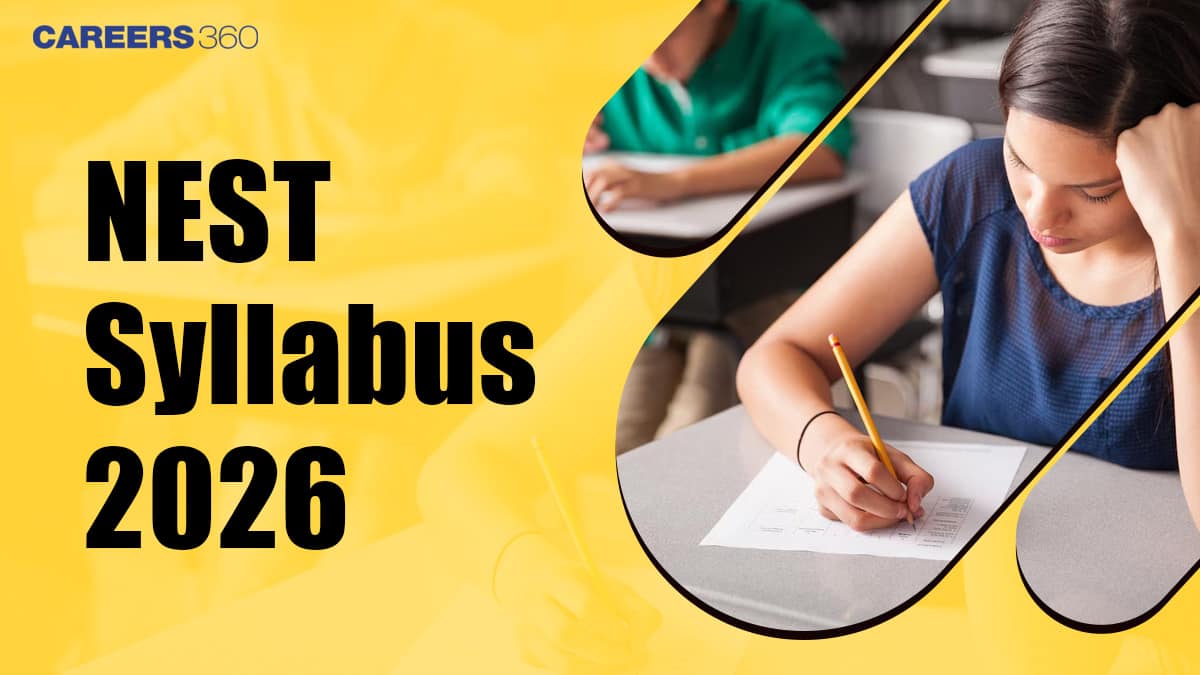Unit Name | Topics |
Measurements in Chemistry - SI unit for fundamental quantities | Significant figures in the calculation |
Mole Concept - | Root mean square and most probable velocities and their relation with temperature |
Avogadro number and the mole concept | Molar masses |
Mole fraction | Molarity |
Molality | Percentage Composition |
Stoichiometry | Equivalent weight and normality |
Calculations based on mole concept and stoichiometry | Kinetic theory of gases; average |
Gaseous and Liquid States | Law of partial pressures. |
Absolute scale of temperature | Gas laws |
Ideal gas equation | Real gases and deviation from ideality |
Liquefaction of gases | Van der wall equations |
Atomic Structure and Chemical Bonding |
|
Bohr Model | Spectrum of hydrogen atom |
Quantum numbers | Wave-particle duality |
Uncertainty principle | Orbitals and quantum numbers |
Thermodynamics |
|
Thermodynamics state | First law of thermodynamics |
Internal energy | Work and heat |
Pressure-volume work | Enthalpy and enthalpy change |
Hess’s law | Heat of reaction |
Chemical equilibrium |
|
Laws of chemical equilibrium, Law of mass action, Equilibrium constant | factors affecting equilibrium constant. |
Electrochemistry |
|
Redox reactions and electrode potential | Electrochemical cells |
Galvanic cells and cell reactions | Standard electrode potential |
Nernst equation | Electrochemical series |
Emf of galvanic cells |
|
Chemical kinetics |
|
Rates of chemical reactions | Order of reaction |
Rate constant | Factors affecting the rate of reaction – concentration |
Solid state |
|
Classification of solids | Amorphous and crystalline solids |
Crystalline state | Crystal lattice and unit cells |
Solutions |
|
Solution of solid and gas in liquid | Concentration of solution |
Ideal and non ideal solutions | Colligative properties |
Vapour pressure of solution |
|
Surface chemistry | Adsorption, Colloidal state |
Inorganic Chemistry |
|
Classification of elements and periodicity in properties | Hydrogen |
s– Block elements | p– Block elements |
d–Block elements | f–Block elements |
Coordination compounds | Metals and metallurgy |
Organic Chemistry |
|
Basic concepts | Reactive intermediates |
Isomerism | Nomenclature |
Alkanes | Alkenes and Alkynes |
Aromatic compounds | Haloalkanes (Alkyl halides) |
Haloarenes | Alcohols |
Phenols | Ethers |
Aldehydes and Ketones | Carboxylic acids |
Amines | Carbohydrate |
Amino acids and proteins | Polymers |
Mathematics Algebra |
|
Algebra of complex numbers | Quadratic equations with real coefficients |
Arithmetic | Permutations and combinations |
Binomial theorem for positive integral index | relations between roots and coefficients |
Matrices as a rectangular array of real numbers | properties of these matrix operations |
Addition and multiplication rules of probability |
|
Trigonometry |
|
Trigonometric functions | Relations between sides and angles of a triangle |
General solution of trigonometric equations |
|
Analytical Geometry | Addition of vectors |
Two dimensions - Cartesian coordinates | Equation of a straight line in various forms |
angle between two lines | Lines through the point of intersection of two given lines |
equation of the bisector of the angle between two lines | Equation of a circle in various forms |
Parametric equations of a circle | equation of a circle through the points of intersection of two circles and those of a circle and a straight line |
Differential Calculus | scalar multiplication |
Real valued functions of a real variable | Rational |
trigonometric | exponential and logarithmic functions |
Limit and continuity of a function | Limit and continuity of the sum |
Inverse of a function | Derivative of a function |
Derivative of the sum | difference |
Product and quotient of two functions | Derivatives of implicit functions |
Integral Calculus | dot and cross products |
Integration as the inverse process of differentiation | Integration by parts |
Integration by the methods of substitution and partial fractions | Formation of ordinary differential equations |
Vectors | scalar triple products and their geometrical interpretations. |
